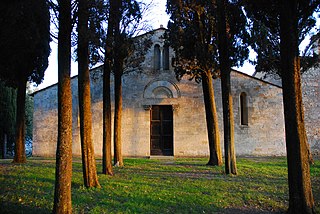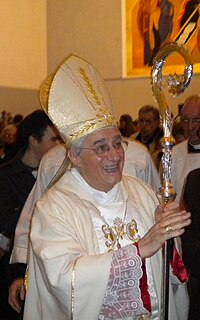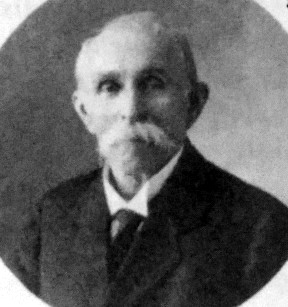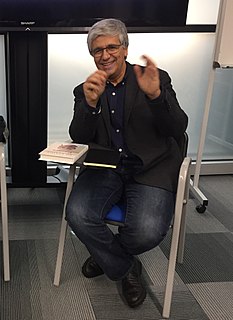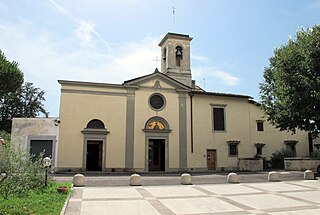This article may be expanded with text translated from the corresponding article in Italian. (February 2012)Click [show] for important translation instructions.
|
Coordinates: 43°46′49.64″N11°08′41.13″E / 43.7804556°N 11.1447583°E

A geographic coordinate system is a coordinate system that enables every location on Earth to be specified by a set of numbers, letters or symbols. The coordinates are often chosen such that one of the numbers represents a vertical position and two or three of the numbers represent a horizontal position; alternatively, a geographic position may be expressed in a combined three-dimensional Cartesian vector. A common choice of coordinates is latitude, longitude and elevation. To specify a location on a plane requires a map projection.
Contents


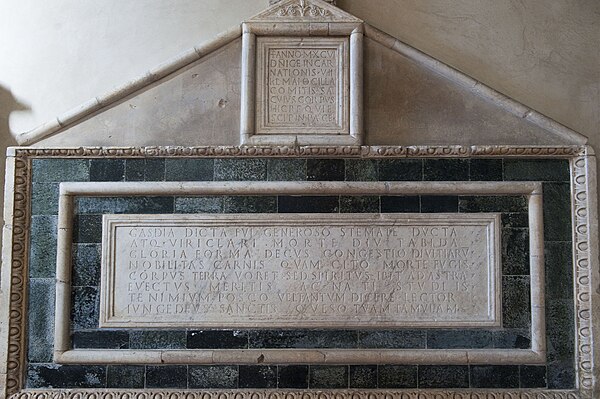

The Badia a Settimo or Abbazia dei Santi Salvatore e Lorenzo a Settimo is a Cluniac Benedictine abbey in the comune of Scandicci, near Florence in Tuscany, Italy. It was founded in 1004.

The comune is a basic administrative division in Italy, roughly equivalent to a township or municipality.

Scandicci is a comune (municipality) of c. 50,000 inhabitants in the Metropolitan City of Florence in the Italian region Tuscany, located about 6 kilometres southwest of Florence.

Florence is the capital city of the Italian region of Tuscany. It is the most populous city in Tuscany, with 383,084 inhabitants in 2013, and over 1,520,000 in its metropolitan area.
On 18 March 1236, by order of Pope Gregory IX, the monastery passed to the Cistercians of the abbey of Galgano Guidotti.

Pope Gregory IX was Pope from 19 March 1227 to his death in 1241. He is known for issuing the Decretales and instituting the Papal Inquisition in response to the failures of the episcopal inquisitions established during the time of Pope Lucius III through his papal bull Ad abolendam issued in 1184.
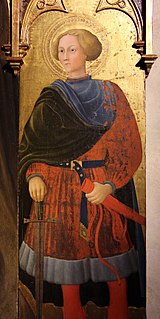
Saint Galgano was a Catholic saint from Tuscany born in Chiusdino, in the modern province of Siena, Italy. His mother's name was Dionigia, while his father's name only appeared in a document dated in the 16th century, when the last name Guidotti was attributed.
In the chapel of San Jacopo of the Badia, which dates to 1315, are frescoes, much ruined, that are the only surviving work attributed with reasonable certainty – by Ghiberti – to Buffalmacco, whose real name was Bonamico or Buonamico. [1]


